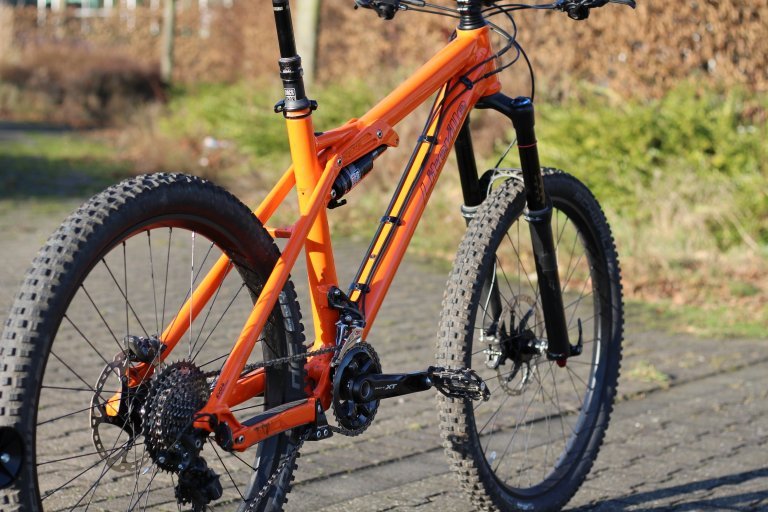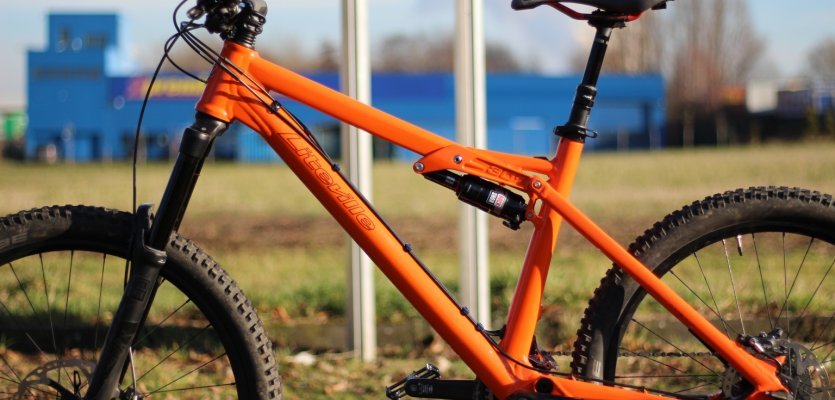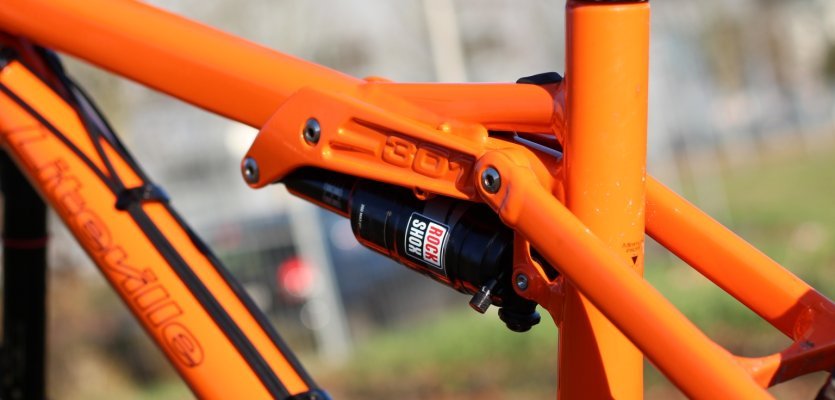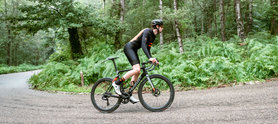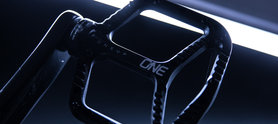
Review: Liteville 301 MK13 Enduro
Rainer has spent the last year riding the Liteville 301 MK12. Now, its time to see how the MK13 performs.
After spending the last year and a half taking my beloved MK12 through the Alps and then all the way to the jungles of Teneriffa, it was time to test the current Liteville 301 MK13. As the saying goes, you never buy a horse without checking its teeth and I wanted to see exactly how far I could take the new 301.
The test bike build
| Brand | Type | Product Number | |
|---|---|---|---|
| Frame | Liteville | 301 MK13 | 47801 |
| Brakes | Shimano | BR-M8000 | 45509 |
| Drivetrain | Shimano | XT 8000 Gruppe 2x11 | 50776 |
| Fork | RockShox | Pike | 43785 |
| Rear Shock | RockShox | Monarch RT3 DebonAir | 43811 |
| Tyres | Schwalbe | Nobby Nic | 46235 |
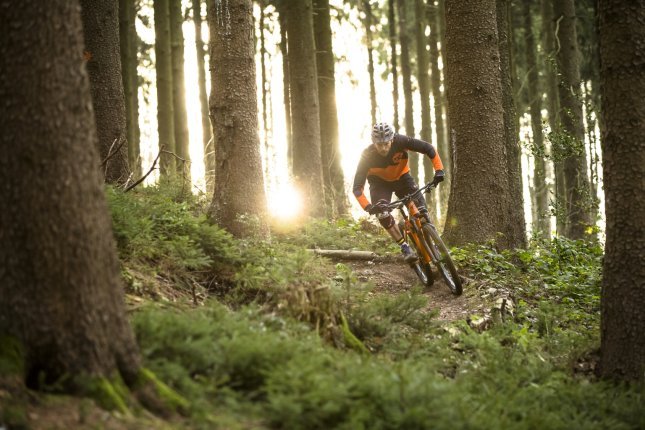
Rainer testing and shredding
What has changed?
Of course, it’s difficult to improve on a well performing and thought out frame, but Liteville has a history of pulling it off. They focused on all of the smallest details and put a lot of effort in redesigning the rear triangle. The over locknut dimension was increased from 12x142 mm to 148 mm, though the hub still sits asymmetrically in the asymmetrical EVO6 frame. Because of the frame’s asymmetry, the wheel can be laced symmetrically, making it stiffer, increasing its load capacity and resulting in a better chainline.
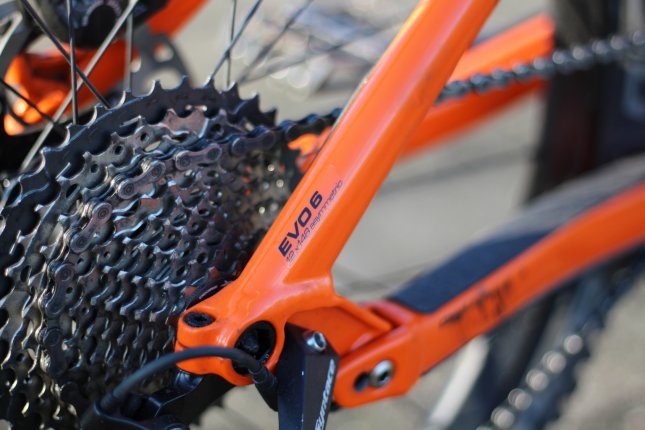
The new asymmetrical EVO6 rear triangle with an 12x148mm O.L.D.
Though the number of sizes has decreased to four instead of 6, my choice is still L. The MK13 has a shorter rear triangle, but a longer front triangle. The new EVO6 rear triangle now offers more tyre clearance, giving the frame enough room to fit 2.4” tyres. The head tube has also changed and is now 6 mm shorter than on the MK12. This allows the frame to have a very flat, race oriented cockpit.
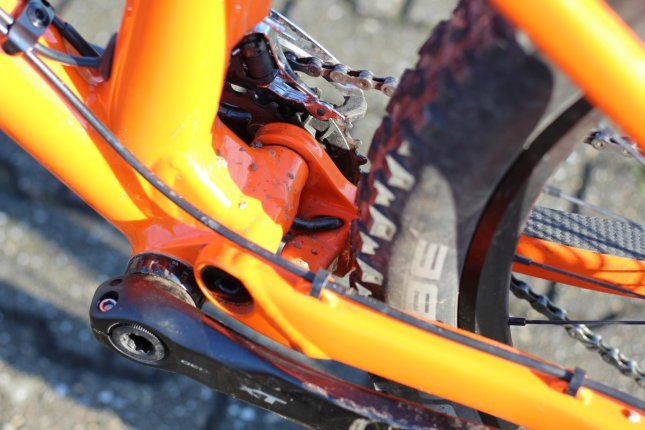
The low BB keeps you sitting deep
Liteville lowered the bottom bracket as well to stabilize the centre of gravity and offer a more grounded feeling when taking fast corners. The steering angle stays mostly the same keeping the bike climbing friendly. The proprietary Syntace VarioSpin headset, which can change the steering angle, still remains an option.
The ride
On the trail, the MK13 rides similarly to the MK12, but there are small noticeable differences. For example, the shorter chainstays make the bike more agile in tight S-curves and at the same time the longer front triangle and lower bottom bracket improve the overall stability.
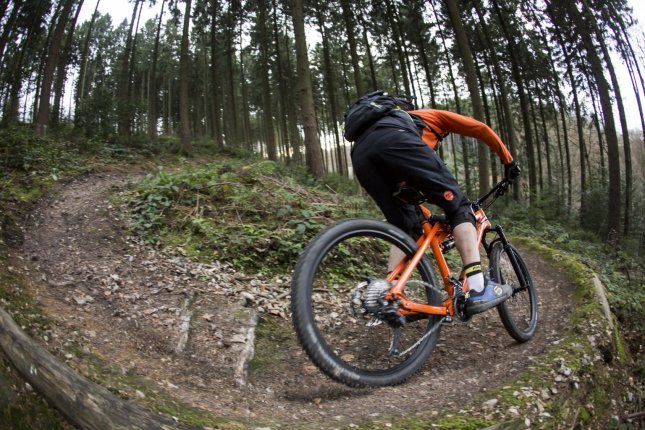
The short chainstays keeps the bike agile through tight corners
All in all, the bike has a confidence inspiring, compact ride. Unsurprisingly, Germany’s most popular publication BIKE-Magazin reached the same conclusion. The stiffer rear triangle also gives me the feeling that the rear shock absorbs all of the impacts instead of them being lost to flex. This applies especially in rough corners. These are all nuances of the next generation 301 that, together with its geometry, give me a more controlled, direct, and when needed, aggressive ride.
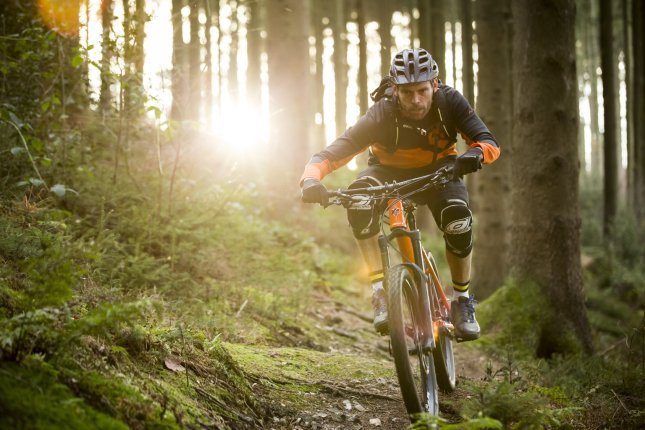
The last descent of the day
Wrap-up
In the end, I have to say, this bike was made right! Of course, Liteville didn’t just rediscover the bicycle and everyone knows you won’t find a bike that satisfies all the criteria, but as Liteville does, they got as close as one can get.

